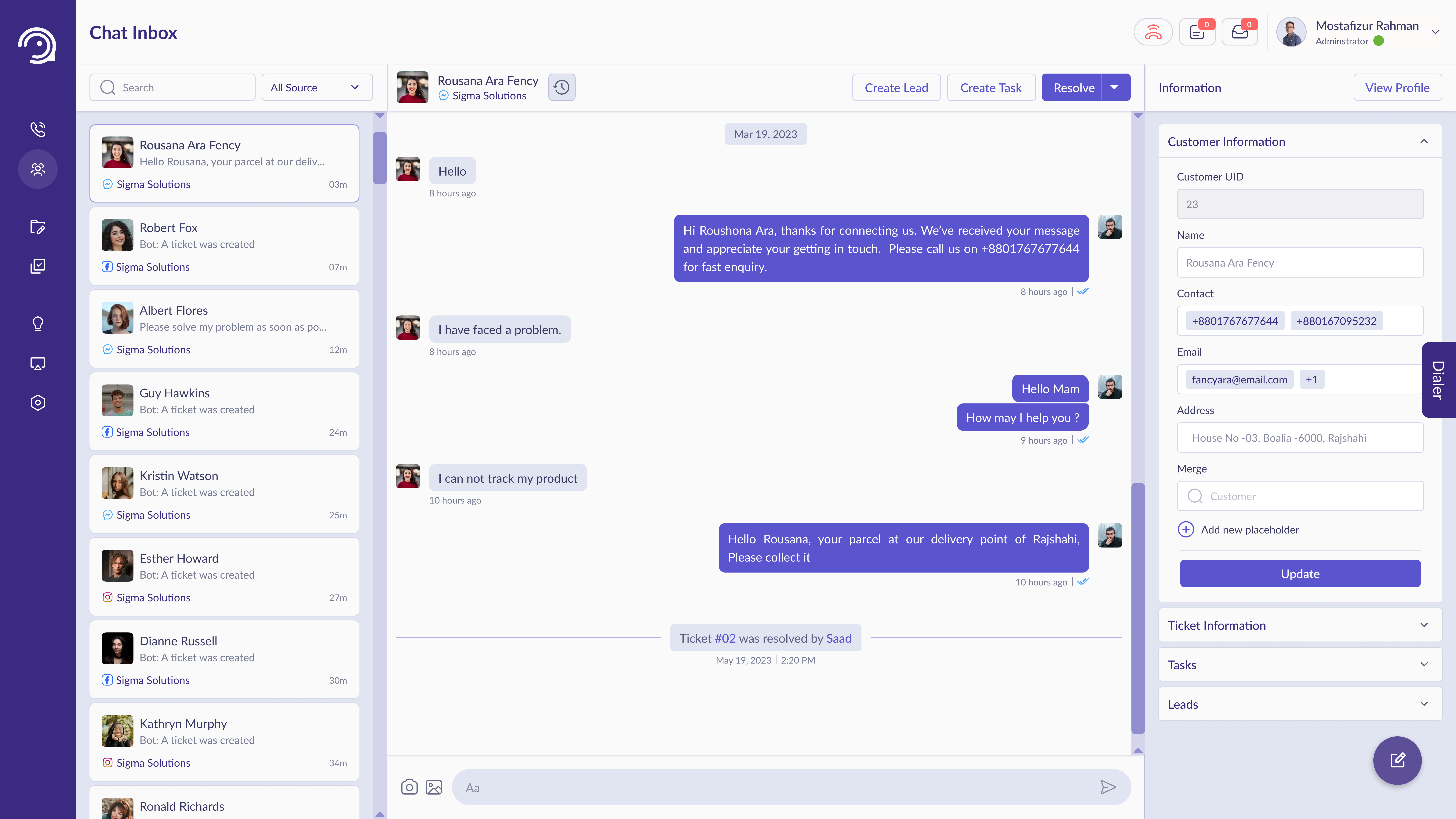Improving e-commerce customer service performance requires numerous subtle modifications, and identifying potential areas for development can be challenging. However, with the right metrics, it becomes significantly easier. This article explores seven crucial metrics that will help you track and enhance your e-commerce customer service performance using SmartComm CRM. These metrics will enable you to detect issues that need attention and guide your improvements.
1. Measure Customer Satisfaction
The primary purpose of customer service is to ensure customer satisfaction. Customer Satisfaction Score (CSAT) is a straightforward metric that measures this success. Since there's no technical way to gauge satisfaction directly, you need to ask customers for their feedback. After each interaction with customer support, prompt your customers to fill out a brief survey. Keep the survey simple; for example, ask them to rate their satisfaction on a scale of 1 to 10. This direct feedback will give you valuable insights into how well your service meets customer expectations.
2. Track Customer Retention
Customer retention rate is a vital indicator of your customer service's success in building trust and loyalty. While acquiring new customers is essential, retaining existing ones is equally important. A high retention rate signifies that your business is on the right track.
To calculate the customer retention rate, track the number of returning customers versus new customers contacting customer service each month. Use the following formula:
Customer Retention Rate
Customer Retention Rate= [(E−N)/B] ×100%
Where:
B = Number of total customers at the beginning of the
month
N = Number of new customers in a month
E = Number of total customers at the end of the month
Aim to increase this rate monthly to enhance your customer
service’s effectiveness.
3. Monitor Response Time
Response time is a critical metric for e-commerce customer service. Delays in response can lead to customer dissatisfaction and loss. Your goal should be to minimize response time continuously. Track and analyze your response times, striving to reduce them each month. While human agents are essential, integrating SmartComm CRM can help streamline processes and reduce delays through efficient automation and data management.
4. Record Recommendations and Purchases
Customers often contact customer service for two main reasons: issues or inquiries about products and services. However, there's also an opportunity for recommendations. By providing relevant product or service recommendations, you can drive additional purchases. Tracking the number of successful recommendations will give you insights into how well your customer service team is performing in this area.
5. Count Unresolved Cases
Tracking unresolved cases is as important as recording successes. Even the best customer service teams can't resolve every query, but your goal should be to minimize unresolved cases. Monitor unresolved issues monthly to ensure your customer service performance is improving. Identifying and addressing the root causes of these unresolved cases can significantly enhance overall efficiency.
6. Analyze Abandoned Chats
Customers may abandon chats if they don't get timely or satisfactory responses, which is detrimental to your business. Tracking the number of abandoned chats helps you understand how often this occurs and why. Analyze the data to identify patterns and reasons behind abandoned chats. A proficient customer care service should keep customers engaged, even if an immediate solution isn't available. Aim to reduce abandoned chats to zero over time.
7. Assess Customer Sentiment
Customers often approach customer service with issues, which can affect their mood. Approximately 27% of customers might be dissatisfied when they reach out. Despite their initial feelings, your goal is to leave them satisfied and happier after the interaction. Monitor customer sentiment at the end of each session to see how many customers leave in a better mood. Your aim should be to increase this number every month, indicating a positive impact on customer experience. Improving the quality of your e-commerce customer service is a continuous process, and the best way to do this is by tracking your performance accurately.
The seven metrics discussed above can help you monitor where your customer service is heading and ensure you are on the right path. Interested in enhancing your e-commerce customer service with a powerful CRM solution? Book a demo of SmartComm today and see how it can meet your needs.







